Facial recognition technology aims to detect emotional state of swine
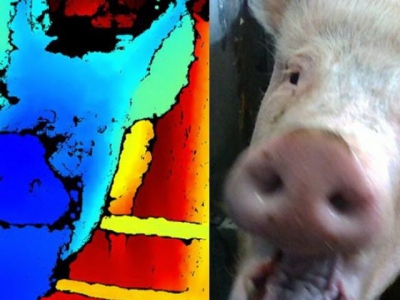
Early identification of pig health issues gives farmers opportunity to improve animal well-being by tackling problems quickly.
The study sees pigs’ facial expressions analyzed using state-of-the-art 3D technology.
State-of-the-art facial recognition technology is being used in an attempt to detect different emotional states in swine, according to an announcement from Scotland's Rural College (SRUC).
Animal behaviorists at SRUC have teamed up with machine vision experts at the University of the West of England (UWE Bristol) for the study, which is hoped will lead to a tool that can monitor individual animals’ faces and alert farmers to any health and welfare problems, SRUC said.
Swine are highly expressive, and SRUC research has previously shown that they can signal their intentions to other pigs using different facial expressions. There is also evidence of different expressions when they are in pain or under stress, according to SRUC.
At SRUC’s Pig Research Centre in Midlothian, Scotland, scientists are capturing 3D and 2D facial images of the breeding sow population under various typical commercial situations that are likely to result in different emotional states. For example, sows can experience lameness and could show different facial expressions relating to pain before and after being given pain relief.
Detecting a positive emotional state is more novel, but sows are highly food motivated and appear calm and content when satiated, SRUC said, noting that the researchers hope this mood can be reflected in sows’ facial expressions.
Images are then processed at UWE Bristol’s Centre for Machine Vision, where various state-of-the-art machine learning techniques are being developed to automatically identify different emotions conveyed by particular facial expressions. After validating these techniques, the team will develop the technology for on-farm use with commercial partners where individual sows in large herds will be monitored continuously, the announcement said.
“Machine vision technology offers the potential to realize a low-cost, non-intrusive and practical means to biometrically identify individual animals on the farm. Our work has already demonstrated a 97% accuracy at facial recognition in pigs. Our next step will be, for the first time, to explore the potential for using machine vision to automatically recognize facial expressions that are linked with core emotion states, such as happiness or distress, in the identified pigs,” professor Melvyn Smith from UWE Bristol’s Centre for Machine Vision, part of the Bristol Robotics Laboratory, said.
Dr. Emma Baxter from SRUC added, “Early identification of pig health issues gives farmers the potential to improve animal well-being by tackling any problems quickly and implementing tailored treatment for individuals. This will reduce production costs by preventing impact of health issues on performance.
“By focusing on the pig’s face, we hope to deliver a truly animal-centric welfare assessment technique, where the animal can ‘tell’ us how it feels about its own individual experiences and environment. This allows insight into both short-term emotional reactions and long-term individual ‘moods’ of animals under our care,” Baxter said.
The study, which is being funded by the U.K.'s Biotechnology & Biological Sciences Research Council, is also being supported by industry stakeholders JSR Genetics Ltd. and Garth Pig Practice as well as precision livestock specialists Agsenze.
Source: Scotland's Rural College, which is solely responsible for the information provided and is wholly owned by the source. Informa Business Media and all its subsidiaries are not responsible for any of the content contained in this information asset.
Related news
Tools

Phối trộn thức ăn chăn nuôi

Pha dung dịch thủy canh

Định mức cho tôm ăn

Phối trộn phân bón NPK

Xác định tỷ lệ tôm sống

Chuyển đổi đơn vị phân bón

Xác định công suất sục khí

Chuyển đổi đơn vị tôm

Tính diện tích nhà kính

Tính thể tích ao
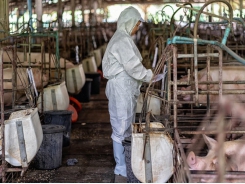
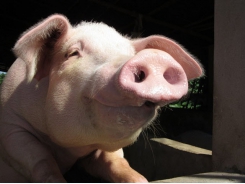
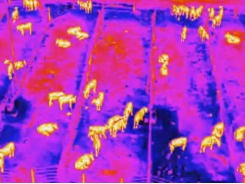
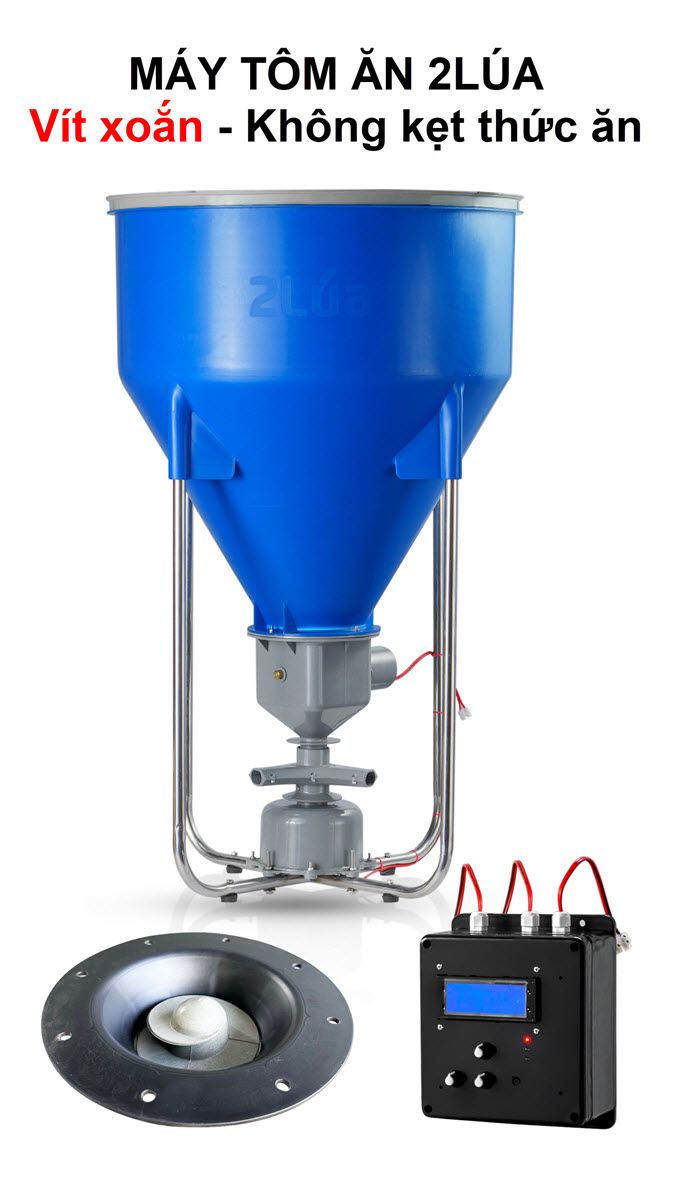
 Grass protein to be tested in organic pig…
Grass protein to be tested in organic pig…  Drone may help reduce use of antibiotics in…
Drone may help reduce use of antibiotics in…